“It may be a cliché, but let’s say it anyway: Jimi Hendrix didn’t do too badly with CBS Fenders”: Fender’s CBS era is often associated with the company losing its reputation for quality – but is that view still justified?
Fender’s CBS era is often boiled down to an equation of ‘corporate drive for profit and quantity = lowering of build standards,’ but like many things in life, it's not so simple
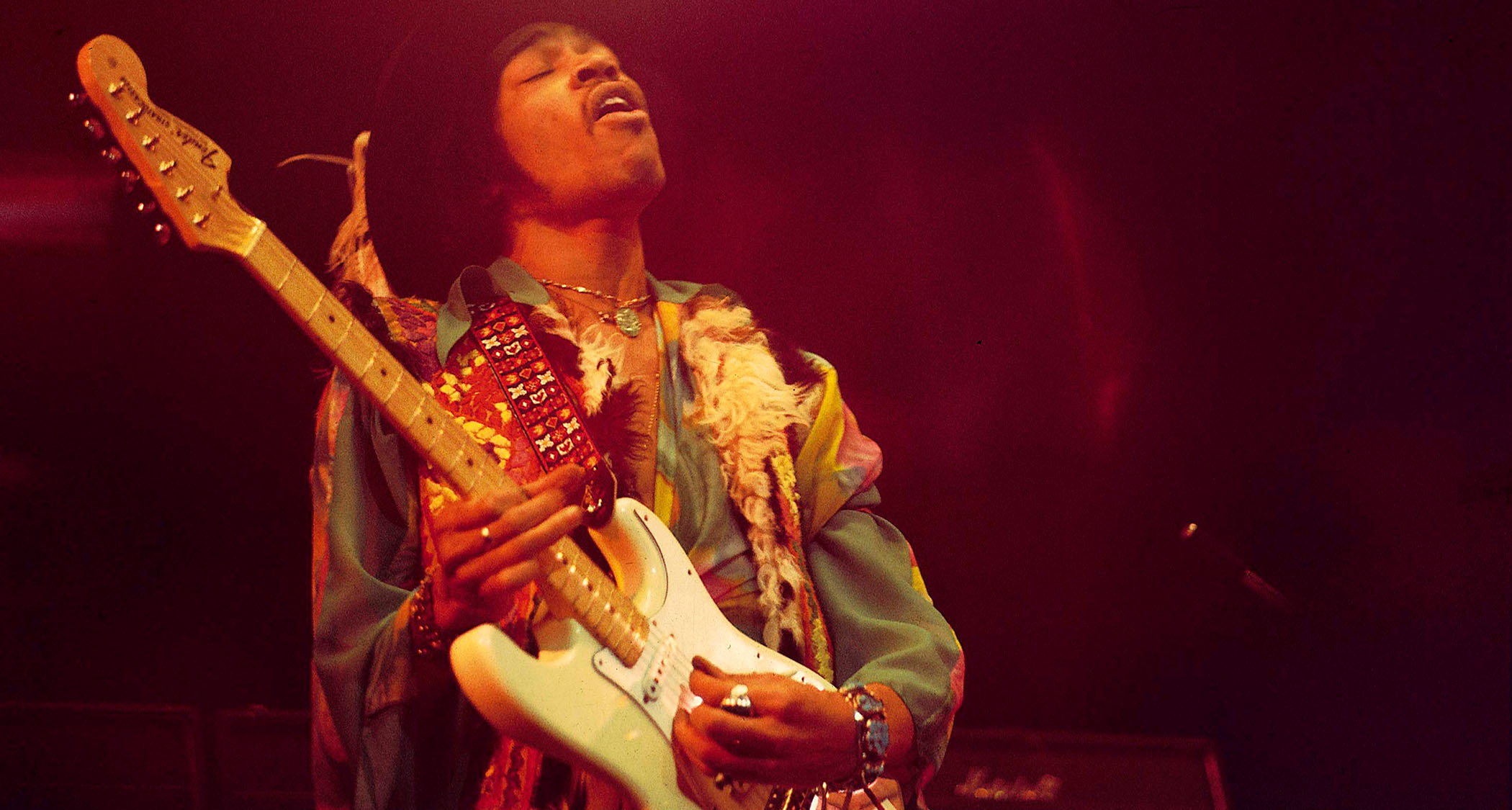
By 1964, Fender was a few years away from its 20th anniversary, business was strong and fine guitars and amps continued to pour from the company’s Fullerton factories in California. Around 600 people worked there – the majority in manufacturing, spread across the 29 buildings that had appeared as demand grew through the years.
Forrest White, in charge of production, recalled that by the end of ’64 his workers were making 1,500 guitars a week, compared to just 40 a week when he’d joined Leo’s small setup 10 years earlier. As well as the electrics and amps, Fender’s catalogs and price lists from the mid-60s also featured acoustics, effects, accessories, and Fender-Rhodes electric pianos.
Don Randall, who headed the sales side of Fender, remembered writing a million dollars worth of wholesale business during his first year in the 50s, but by the mid-60s he had helped multiply that figure by 10, which in turn translated to about $40 million worth of retail sales.
The beat boom, triggered by The Beatles and the so-called British Invasion, had begun its sweep across America. In short, electric guitars were at a peak of popularity, and Fender was just about their biggest and most successful producer.
Then, in January 1965, came the big surprise. The Music Trades, the prime American magazine for the instruments industry, was clearly shocked by the news of Fender’s acquisition by the mighty Columbia Broadcasting System Inc, better known as CBS. “The purchase price of $13 million is by far the highest ever offered in the history of [this] industry for any single manufacturer,” it reported.
“The acquisition, a sterling proof of the music industry’s growth potential, marks the first time that one of the nation’s largest corporations has entered our field. With sales volume in excess of half a billion dollars annually, CBS currently does more business than the entire [US musical instrument] industry does at retail. Actual purchase of Fender was made by the Columbia Records Distribution Division of CBS, whose outstanding recent feats have included the production of My Fair Lady.”
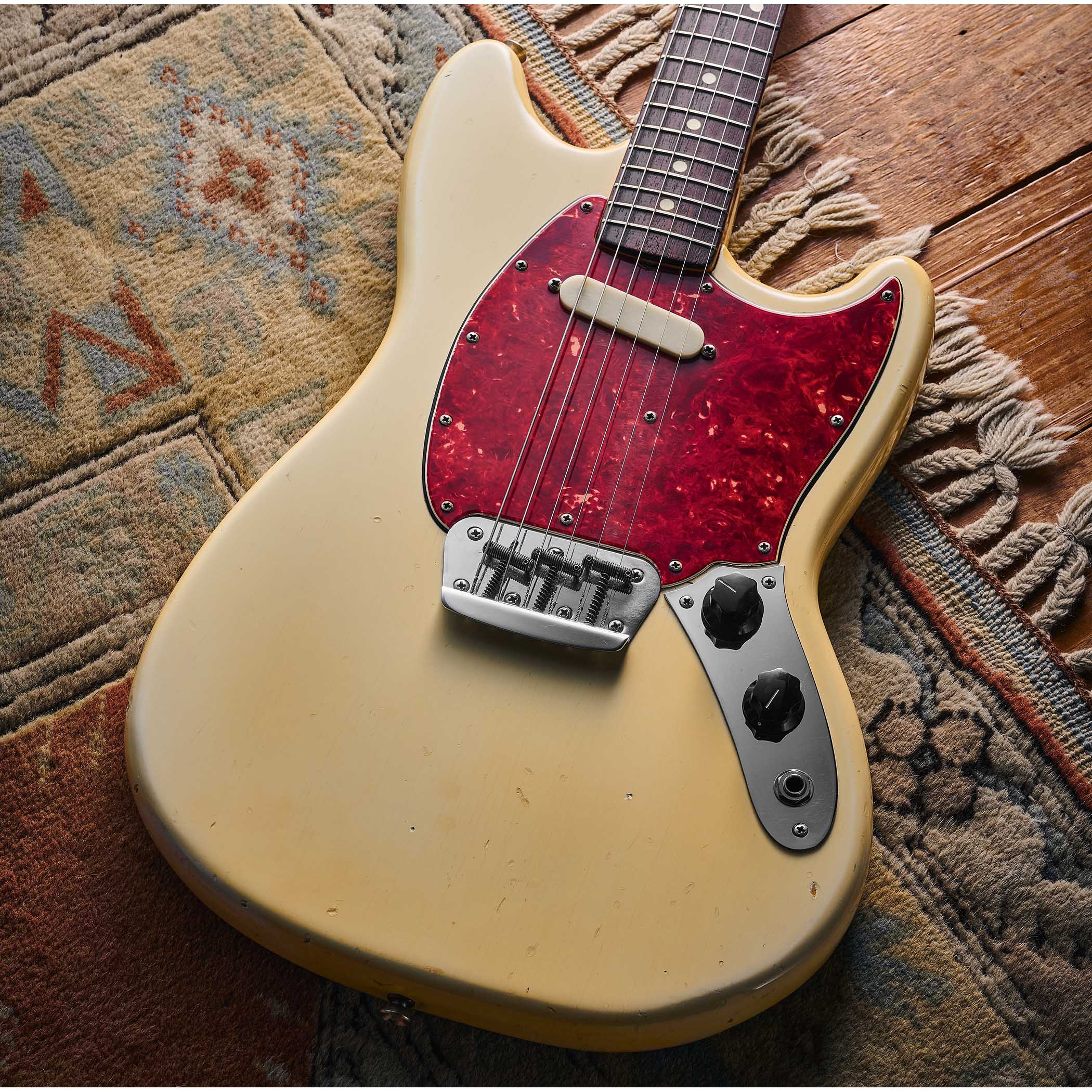
This was at a time when economy wonks were busy advising big corporations like CBS to diversify and gobble up firms from a variety of different businesses. It’s not hard to imagine their advice: finance and streamline the new acquisitions and rich pickings will follow.
All the latest guitar news, interviews, lessons, reviews, deals and more, direct to your inbox!
That seems to be what Goddard Lieberson, the boss of Columbia Records, thought. He described Fender as “a fast-growing business tied into the expanding leisure time market” and said he expected the industry to grow by 23 percent in the next couple of years.
Sold To CBS
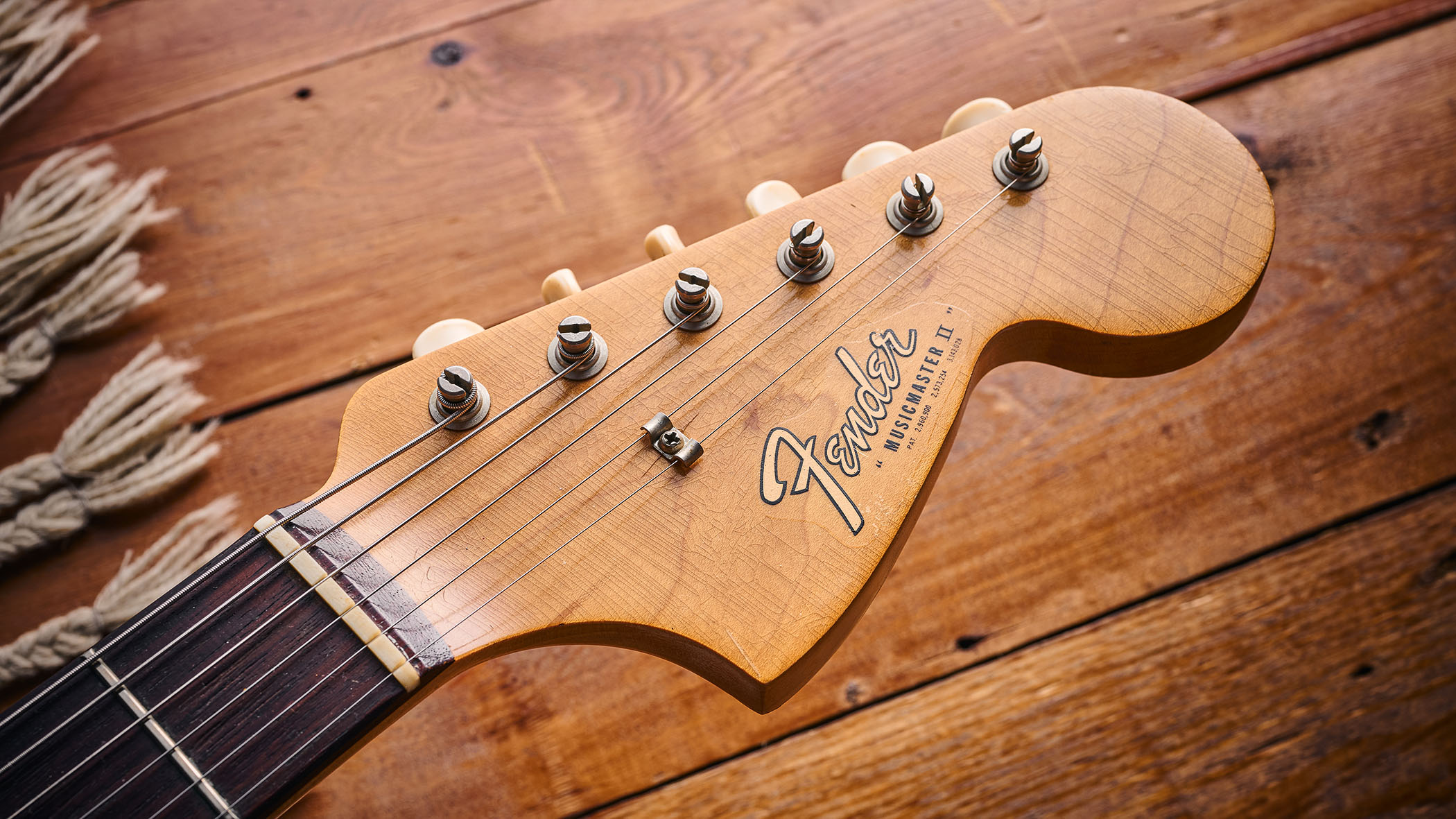
So why did Fender sell up? Leo Fender was by all accounts a hypochondriac – Randall said he was a faddist and that he would regularly go on what he called health kicks. And it was Leo’s health worries, notably the staph infection in his sinuses that troubled him for many years, that led to Leo’s decision to sell Fender, along with his nervousness about expanding the company further. Looking back later, he said he felt he wasn’t going to be in good enough health to be able to carry on.
Randall handled the sale of Fender to CBS and early in ’64 talked to the Baldwin Piano & Organ Co of Ohio as well as an investment bank. He found Baldwin’s attitude unsatisfactory, and the bank suggested that Fender go public, which didn’t appeal to Leo or Randall. Then the bank offered CBS as a potential purchaser.
Eventually, the negotiations with CBS led to what Randall considered an agreeable price. In the year following its acquisition of the Fender companies for $13 million, CBS published a survey that estimated the number of guitar players in the USA at nine million and placed total American retail sales of guitars during 1965 at $185 million, up from $24 million in 1958. What could possibly go wrong?
Meanwhile, Back In California…
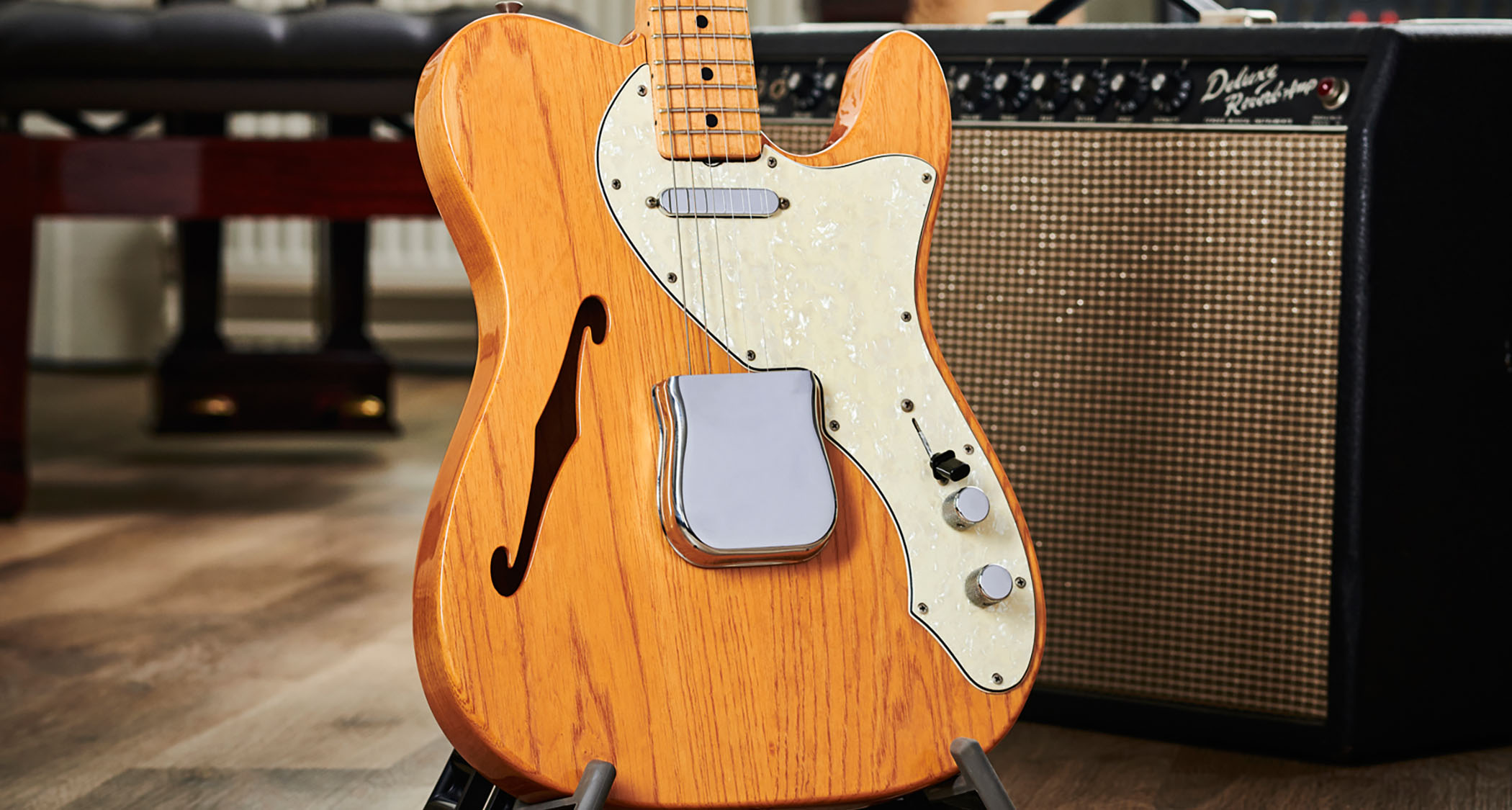
As you might imagine, this change of ownership was not universally applauded in the factories and offices in Fullerton. There seems to have been a clash of cultures. The new CBS people – often trained engineers with college degrees – had a firm belief in high-volume production. Fender’s old guard, meanwhile, were long-serving craft workers without formal qualifications.
They’d say the guitars don’t play like they used to, they aren’t adjusted like they used to be
George Fullerton
Anyone who noticed a particular job advert in the Los Angeles Times would be forgiven for thinking that it summed up the changes under way.
The ad was for a Systems Analyst to oversee a computer feasibility study at Fender for a “management information system” covering “sales order processing, material control, manufacturing systems, and accounting systems”. ‘You see? They want to run the place with computers! Whatever next!’
Years later, this writer asked some of the old guard about the effect on Fender’s guitars, from their point of view, of the takeover by CBS. George Fullerton, who had various roles at Fender, said management was first alerted to criticisms when the firm’s sales reps began to feed back complaints from their dealers.
“They’d say the guitars don’t play like they used to, they aren’t adjusted like they used to be,” Fullerton remembered.
One of the top sales reps, Dale Hyatt, reckoned the quality stayed relatively stable until around 1968, and then quality-control deteriorated. He said it got to the point where he didn’t enjoy going into stores any more because he regularly found himself defending some poor piece of workmanship.
“They got very sloppy with the finish, with far too many bad spots,” Hyatt recalled. “They created their own competition, letting the door wide open for everybody else, including the Japanese.”
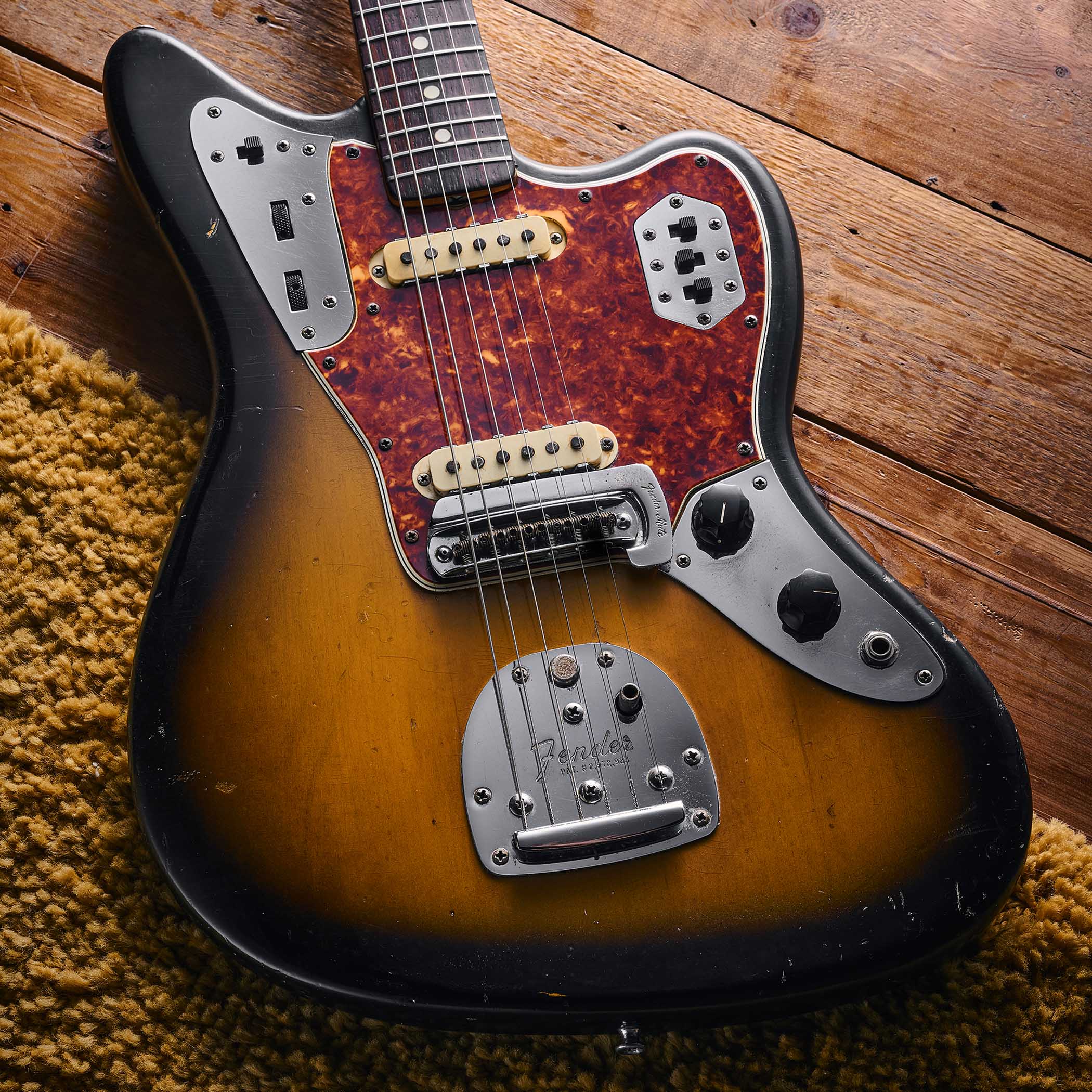
Under the new owner, Randall became vice president and general manager of Fender Musical Instruments and Fender Sales, both of which became part of the new CBS Musical Instruments Division. To him, it was a fallacy that quality deteriorated when CBS took over.
He found that CBS was just as interested in quality as he and his teams had been, and that CBS spared no time or effort to ensure the quality was there.
“There’s always this suspicion when a big company takes over that they’re going to make a lousy product and sell it for a higher price,” he said, “and that’s not true here.” However, there was more.
“The other problems that existed were multiple,” Randall added. “After interviewing all my people, they wrote job descriptions for everybody. We didn’t need that sort of thing – we knew what we were doing. And I have to admit, it wasn’t a very sophisticated operation we had, but it worked. But they divided everything into its cost-center, down to the last nut, bolt and screw. We had more cost-centers than you could ever imagine. Everything had to be moved from one cost-center to another cost-center for corporate bookkeeping. The burden became horrendous.”
These job descriptions complicated things further, too.
“Everyone went back to work,” Randall recalled, “and they’d be saying, ‘Don’t tell me to do that, that’s not my job!’ Before, everyone worked as a team, pushed the product through. Anything that went wrong now, it was, ‘Well, that’s not my job: you take care of it.’
“This led to a lot of problems. One thing after another, and finally, I wasn’t a corporate kind of guy. I’d been too independent all the time. They paid me the balance of my contract and that was it.”
It was 1969 when Randall resigned from CBS, and he went off to form Randall Electric Instruments. He was by no means the only one of the original team to leave. CBS retained Leo Fender’s services as a “special consultant in research and development”.
The corporation’s confidential pre-sale report into Fender concluded that Randall was a necessity to run the business – but not Leo.
It said “a competent chief engineer” could move products forward, but that it would be “highly desirable, at least for a period of four or five years, to maintain the active interest and creativity of Mr Fender”.
In other words, they didn’t want Leo taking his ideas elsewhere, but didn’t particularly want him getting in the way of the newly efficient Fender production machine. So they set him up away from the main buildings, where he was allowed to tinker as much as he liked – with little effect on the product.
A CBS brochure of 1965 illustrated key personnel at Fender, and Leo Fender, the firm’s founder, was listed way down in 18th place among the 28 management posts.
A couple of years after the sale to CBS, Leo found a new doctor who put him on antibiotics and cured his sinus complaint. He completed a few projects for CBS but left when his five-year contract expired in 1970, going on to spearhead Music Man and then G&L. Forrest White left CBS in 1967, George Fullerton in ’70, Dale Hyatt in ’72.
Pre-CBS Versus CBS
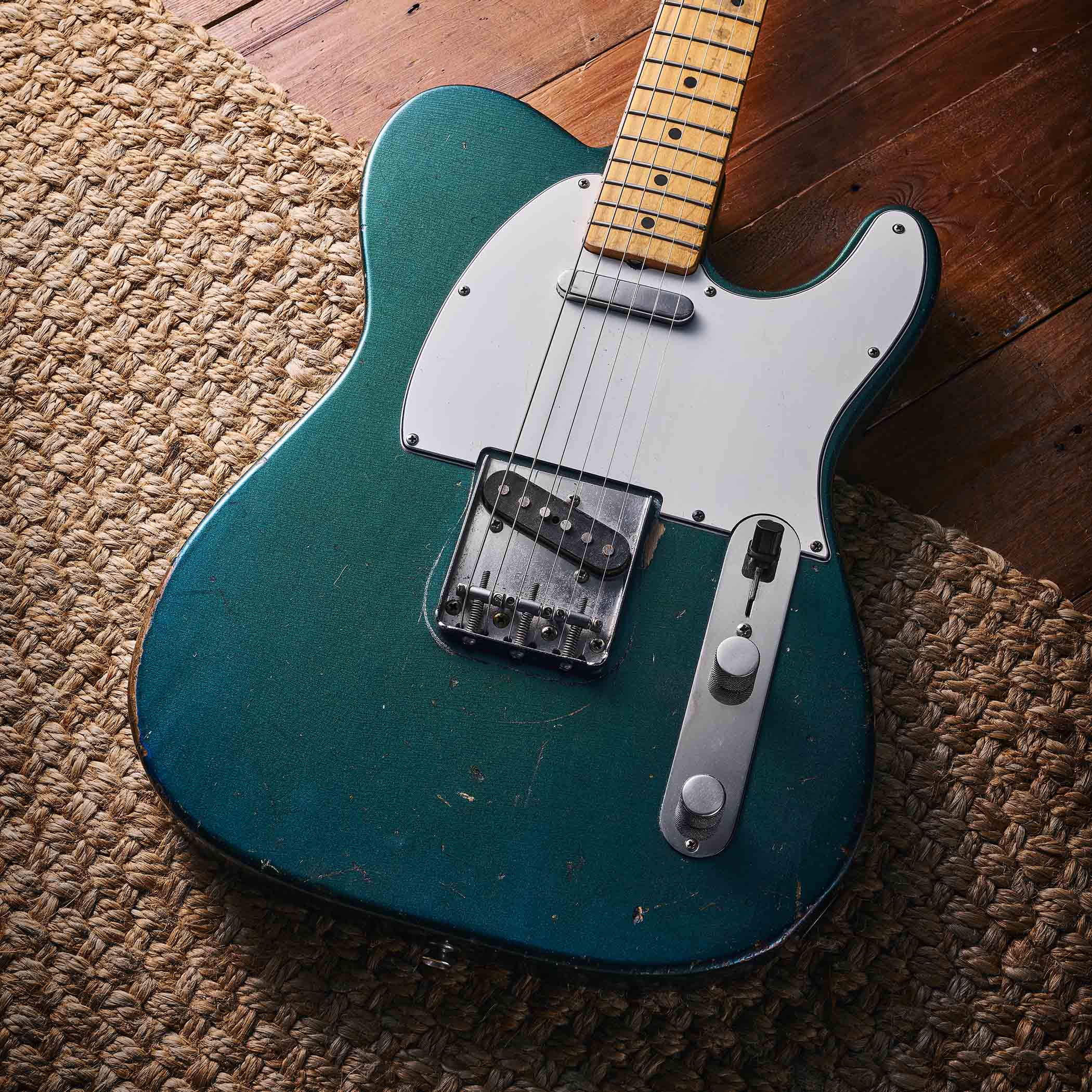
In the vintage Fender world, “pre-CBS” has a magical ring about it. And increasingly unreal prices. And yet no-one is likely to suggest that, say, a Tele made toward the end of 1964 is going to be much different from one made in the early months of ’65. Nonetheless, that first one would be tagged as pre-CBS, in other words made before the takeover of Fender by CBS. The one shipped in early ’65, however, is a CBS.
Many will agree that, over a period of time after the sale, CBS introduced changes to the production methods at Fender and that a number of those changes were detrimental to the quality of some instruments. Fender’s production and sales certainly increased and profits went up. Randall recalled income almost doubling in the first year that CBS owned Fender.
Leo said he didn’t think the changes made by CBS had lowered Fender quality.
“They weren’t trying to cheapen the instrument,” he told Guitar Player in 1978. “Maybe they tried to accelerate production, but it was natural for them to do that because on one instrument alone – I think it was the Mustang – we were back-ordered something like 150,000 units. On a back-order of that size, and there were others, too, you can’t just sit around.”
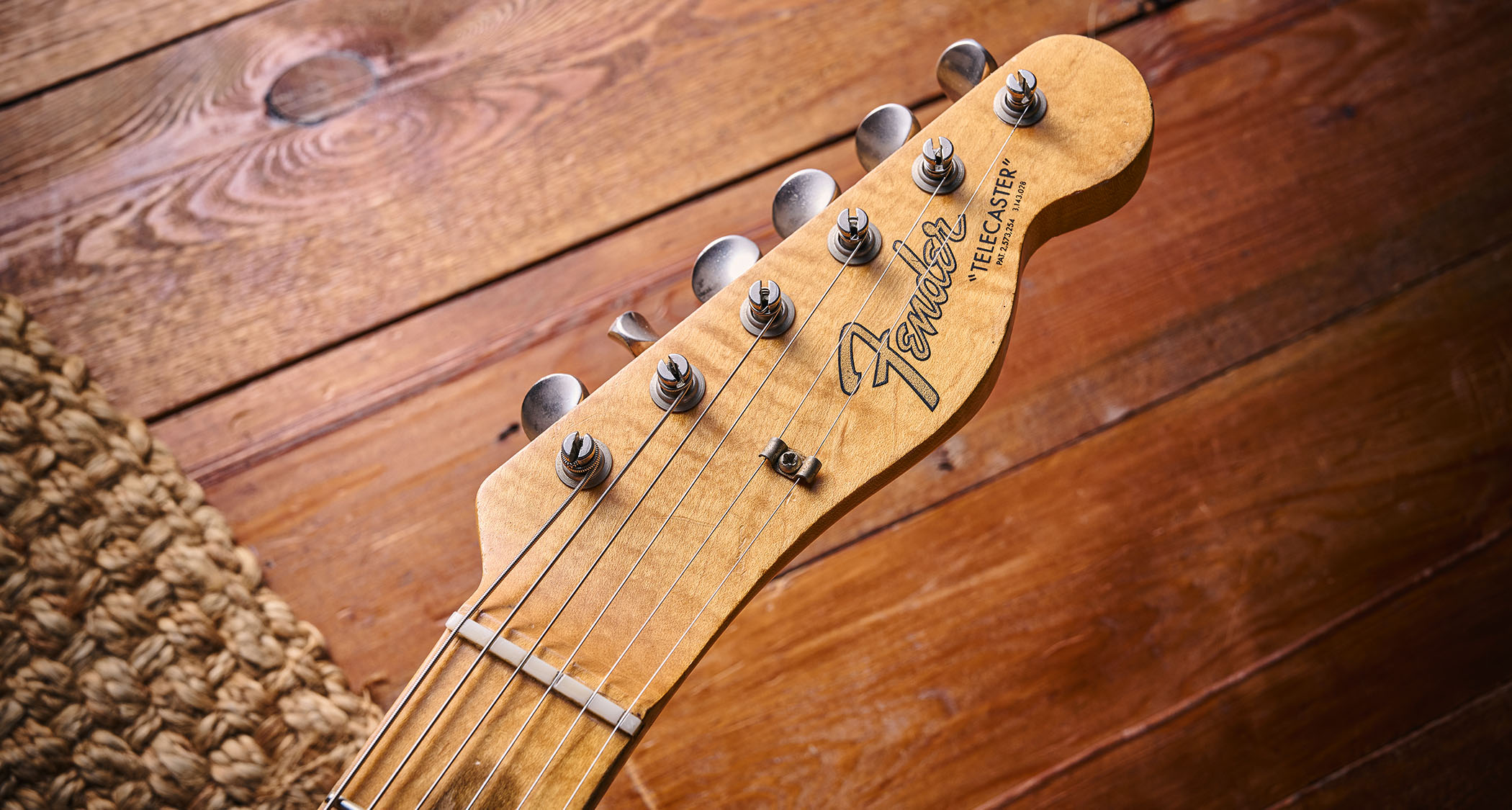
Fender’s first CBS-era price list, dated February 1965, boasted a fine line of electrics with retail prices that had been stable for several years. A regular sunburst Strat with trem listed at $289.50, a regular blonde Tele $209.50. The bound-body Tele Custom listed at $239.50, the Esquire Custom $199.50. The Musicmaster was $129.50, the Duo-Sonic $159.50, Mustang $189.50, Jazzmaster $366.97, and Jaguar $398.49.
Where available, a Custom Color finish – which included blonde for Strat, Jag, or Jazz – added five percent, with a gold-hardware option also for those three.
A new model, the Fender Electric XII, finally hit the music stores a little later in ’65, although it was on the drawing board before the CBS sale.
There were few surprises in the XII’s offset body, but its long headstock, necessary to carry the extra tuners, terminated in a distinctive curve we now know as the hockeystick. The 12-saddle bridge, too, was a clever touch for the time, but the initial 12-string craze was peaking and the Electric XII proved shortlived, lasting in the line only until ’68.
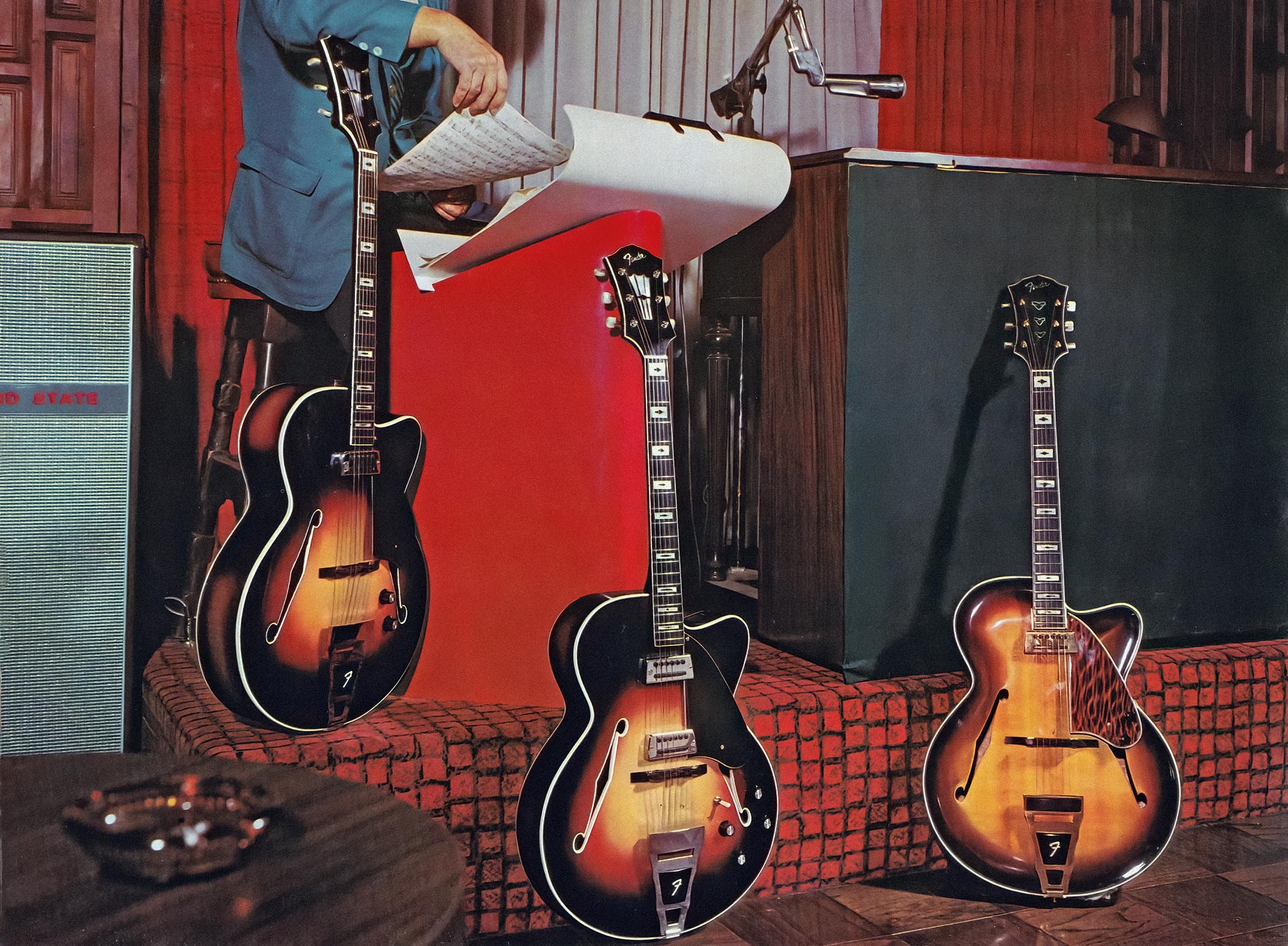
A further development planned before CBS took over was another new Fender factory, completed in 1966. The plant cost $1.3 million of CBS’s cash and sat next to Fender’s existing buildings on its South Raymond site in Fullerton. Clearly, the new owner was increasing production, but alongside that push, changes were happening on the factory floor.
An evident design change that has come to distinguish Strats made following CBS’s acquisition of Fender was a broader headstock, borrowed from the Jazzmaster and Jaguar.
Also that year, Fender added binding to the edge of the fingerboards of the Electric XII, Jaguar, and Jazzmaster, and in ’66 block-shape fingerboard markers appeared on those three in place of the traditional dots. The brand’s three-layer pickguards shifted to single-layer white versions, also in ’65.
Rossmeisl Adds Some Air
Leo had brought Roger Rossmeisl into the company in ’62 to design acoustics, and Rossmeisl was responsible for a line of new electric-acoustics. He was the son of a German guitar maker and had come to the States in the 50s, at first working at Gibson but soon moving to Rickenbacker, where he designed the classic 330/360 instruments.
Rossmeisl’s Fender Coronado thinlines were launched in ’66. Despite their conventional double-cut bound bodies with large stylized f-holes, they stick with the standard Fender bolt-on neck and headstock design. Options included a new vibrato tailpiece, and a 12-string borrowed the Electric XII’s hockeystick head.
A later problem in production, where burns marked the guitar during the binding process, led to the introduction in ’68 of a special white-to-brown shaded finish, named Antigua, intended to obscure any scorches.
Alongside the regular sunburst and cherry, Fender had added another unusual finish option for the Coronado models, known as Wildwood. The effect was made by injecting dyes into beech trees during growth that produced in the cut wood a unique colored pattern following the grain.
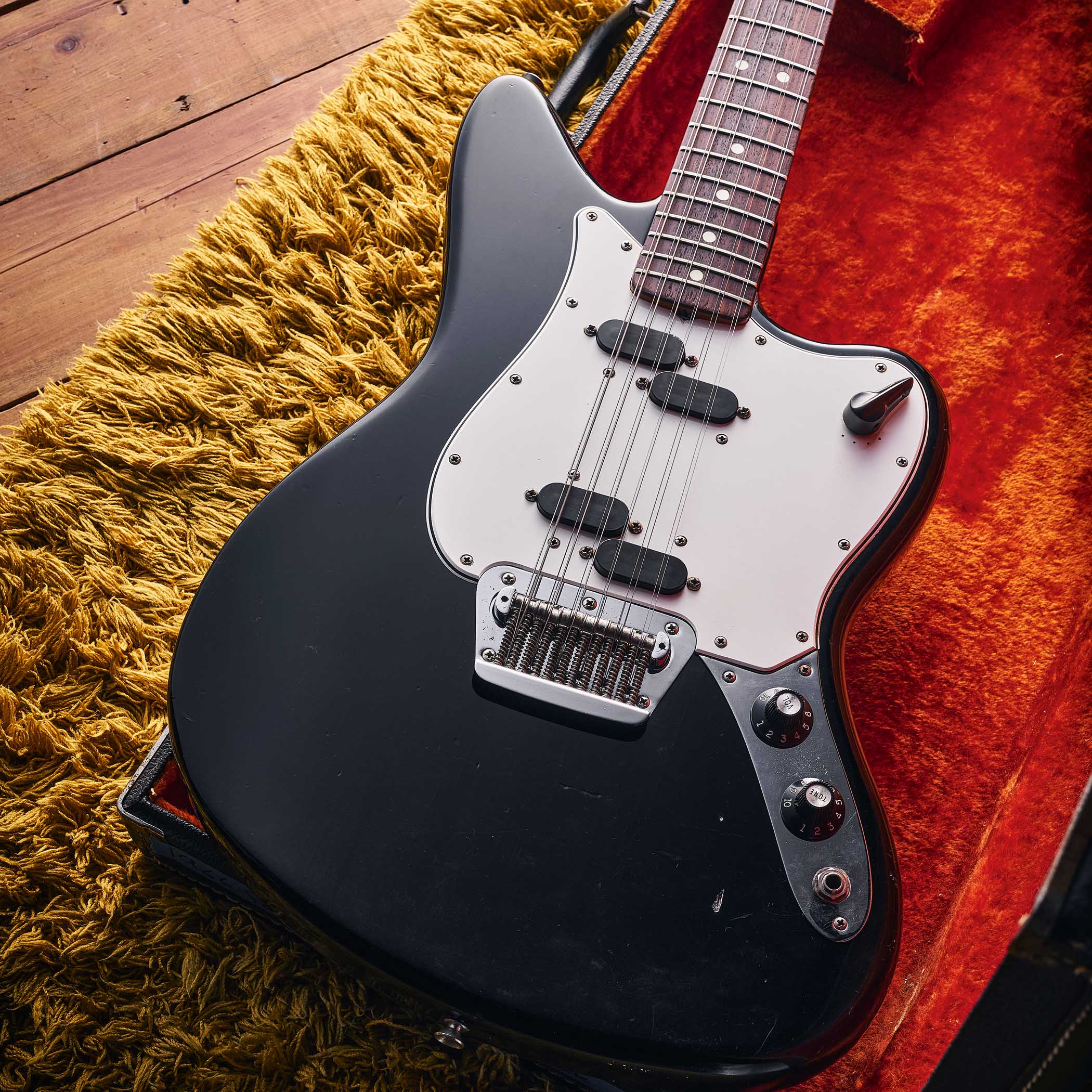
“They were beautiful guitars,” Randall remembered, “but they never went any place. Never caught on.” Which was true of the feedback-prone Coronados in general, and the various models were all dropped from the line by 1971.
Following the Coronado thinlines, Rossmeisl designed a full-depth hollow electric, the short-lived Montego, which came in single- or two-pickup versions. The high-end Montegos were by far the most expensive models in Fender’s catalog at the time, along with Rossmeisl’s related LTD, effectively an acoustic hollowbody that had a single floating pickup with pickguard-mounted controls.
The Thinline Telecaster, introduced in 1968, was yet another Rossmeisl creation, designed in collaboration with Fender’s product manager of stringed instruments, Virgilio ‘Babe’ Simoni. It had three hollowed-out chambers inside the body, made in Rossmeisl’s Rickenbacker style by taking a slice off the back, routing out the cavities and then glueing the back in place.
The guitar had a modified pickguard shaped to accommodate the single f-hole. At first the Thinline retained the regular Telecaster pickup layout, although later it would gain humbuckers.
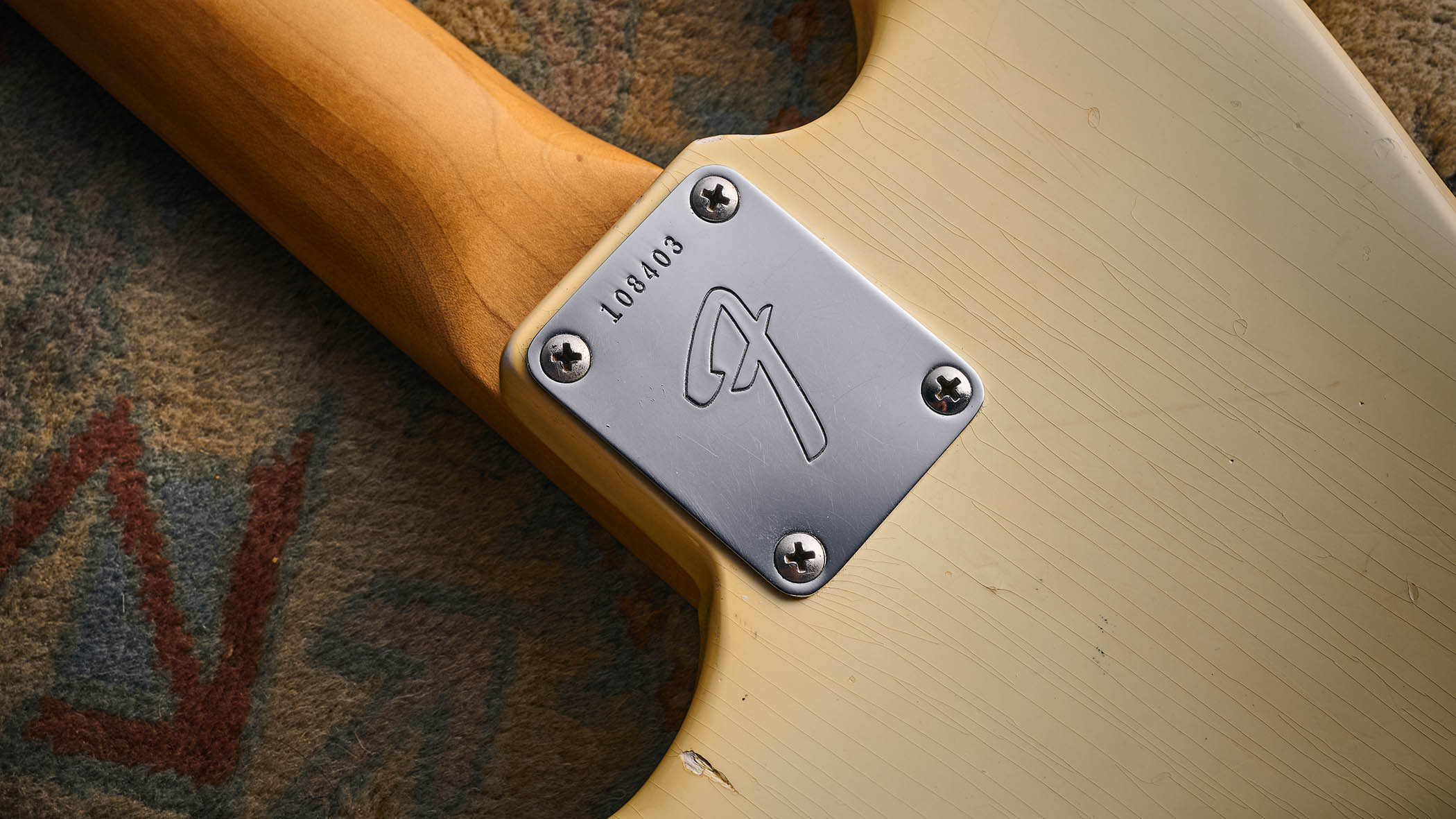
Psychedelia & Cost-Cutting
Around 1967, Fender changed the control wiring of the Telecaster, altering the unusual circuit that had been used since 1952. Now, the Tele operated as you’d expect for a two-pickup guitar, the three-way selecting rear pickup, both or neck, along with a regular master volume and tone.
Also in ’67, Fender’s budget line for beginners gained the Bronco, another relatively straightforward guitar with a single bridge pickup and basic vibrato bridge, and with Fender’s medium 24-inch scale. At first, it was also offered as a set with a little matching Bronco amp.
The following year, psychedelia hit Fender. The company’s designers had fun with self-adhesive paisley and floral-pattern wallpaper, presumably to increase flower-power appeal. The Paisley Red and Blue Flower Telecasters could hardly be described as examples of a boring approach to guitar design by CBS.
Fender’s high-gloss “thick skin” polyester finish, which started to appear in the late 60s, would become a characteristic sign of a 70s Fender. Pre-CBS guitars were customarily painted with nitrocellulose lacquers, but CBS considered poly as a better (and safer) option in its drive for expanded production.
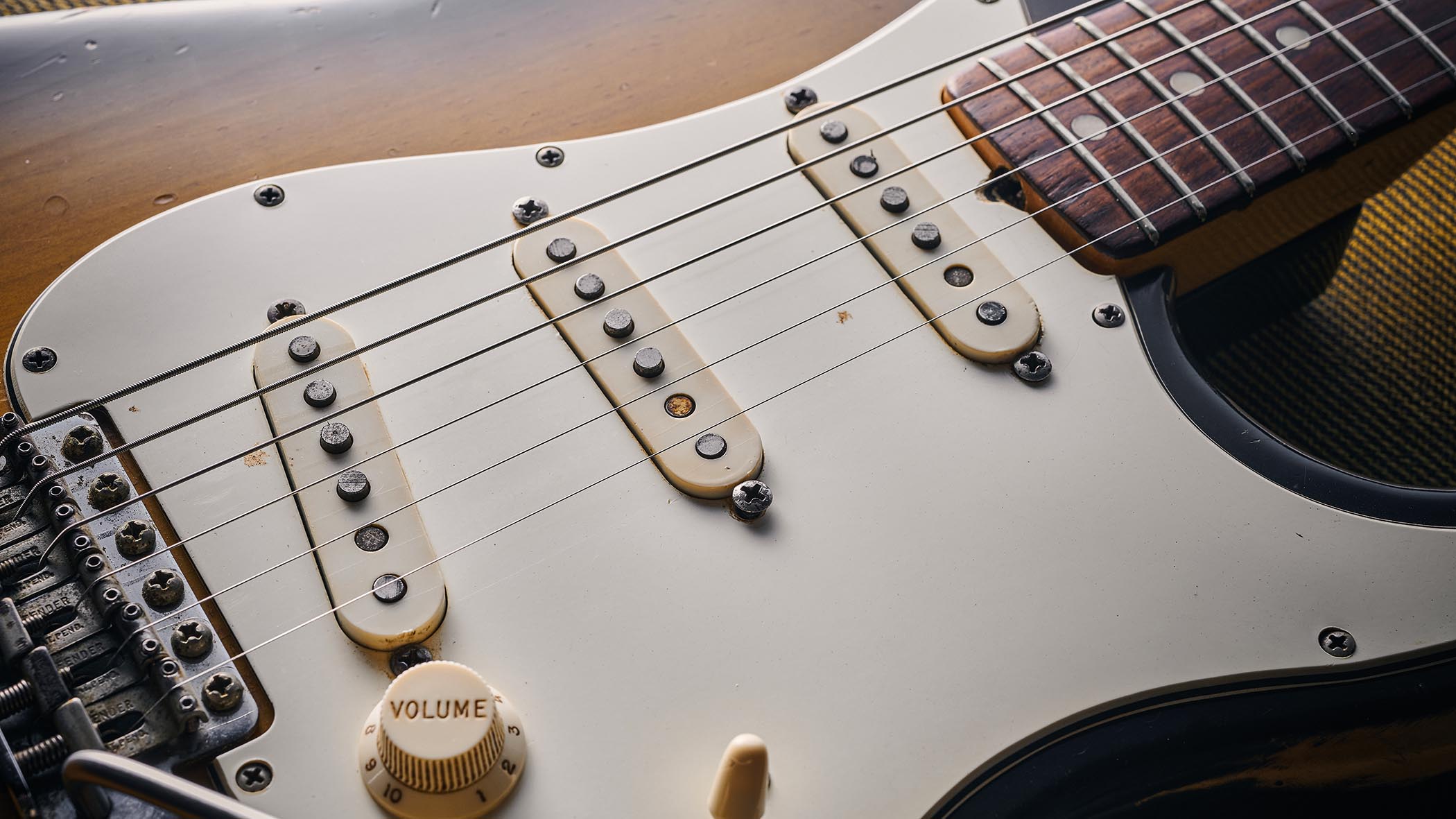
A clear sign of the new owner’s cost-cutting came in the unusual shapes of two shortlived ‘bitser’ models, the Swinger and the Custom, jigsawed together from unused parts that CBS did not want to waste. For the Swinger (aka Arrow or Musiclander), Simoni put together Musicmaster, Bass V, and Mustang parts, adding a curve to the body base and shaving the headstock into an arrowhead.
For the six-string Custom (aka Maverick) he carved Electric XII bodies to a revised shape, adding a Mustang vibrato and a XII neck. Neither lasted long in Fender’s lines.
Meanwhile, a feeling was setting in among guitarists that Fenders (and other American guitars) were not made like they used to be.
More top musicians were being seen playing old guitars, which were starting to be called “vintage” instruments, alongside a growing impression that numbers might now be more important to Fender than quality. Some players were coming to the conclusion that older instruments were somehow more playable and sounded better than the new guitars.
That attitude has softened in the decades since, and while pre-CBS guitars certainly can be great instruments for those able to afford them, the musical worth of many late-60s Fenders is now much better understood.
Around the time he bought his ’56 Brownie Strat, Eric Clapton was clearly an early convert to the idea, declaring in a 1967 issue of Melody Maker: “When you’re starting, always buy a secondhand guitar because it will be ‘broken in’ and easier to play, apart from the fact that the older the guitar, the better it seems to have been made.”
Contrast that with an image of Jimi Hendrix creating a supreme interpretation of The Star-Spangled Banner at Woodstock a few years later, performed on his 1968 white Strat. It may be a cliché, but let’s say it anyway: Jimi didn’t do too badly with CBS Fenders.
And how does all this sit today? As ever, with any guitars you want to try or to compare, there’s only one test that matters. Of course! Have a look at them, have a feel, plug them in, play them. If you’re lucky, you could set up a blindfold test with a pre-CBS and an early CBS Tele, or whatever model you favor.
It’s the sort of thing that can have surprising results and upset long-held beliefs and suppositions. But we’ll leave that kind of thing to your hands, your ears, and your head. It’s personal, after all.
- Guitarist would like to thank ATB Guitars of Cheltenham for the kind loan of these CBS-era instruments for photography
- This article first appeared in Guitarist. Subscribe and save.
You must confirm your public display name before commenting
Please logout and then login again, you will then be prompted to enter your display name.



